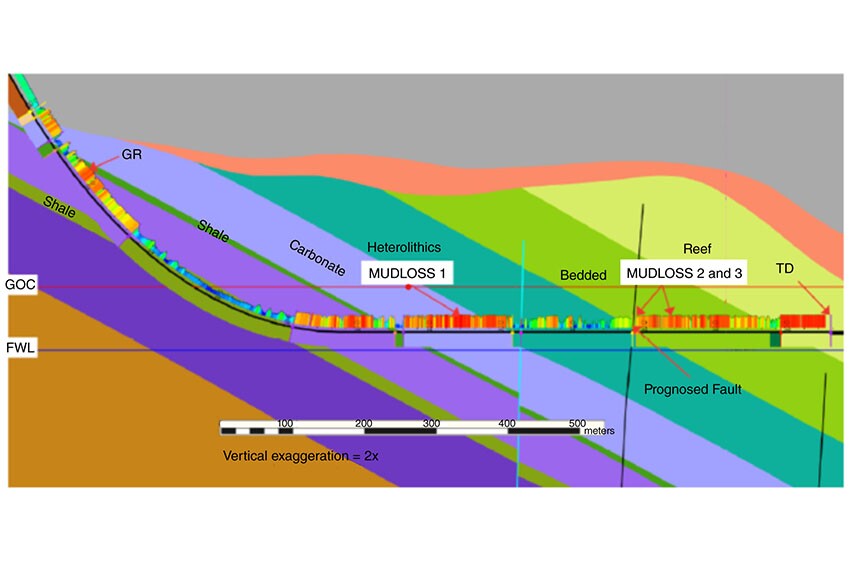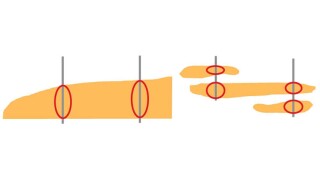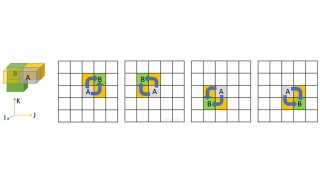Directional/complex wells
This paper discusses cases from the North Sea and offshore California in which high-fidelity pressure and dynamics measurements, combined with high-speed telemetry, helped overcome complex geotechnical challenges.
This paper describes an alternative lower-completion concept for developing Lower Wilcox reservoirs referred to as high-angle multifractured well design.
This paper presents an efficient mathematical optimization method for well placement that maximizes contact with the productive zones for the best locations in the reservoir.
-
The development of multilateral wells and long-reach wells has become important to maximizing recovery for many fields. These technologies are often applied in offshore environments, where large reservoir areas are drained from one or more platforms.
-
This paper discusses the first multilateral well with a Level-4 junction combined with an inflow-control device (ICD) planned, designed, and drilled in the Upper Burgan reservoir of Raudhatain field, north Kuwait.
-
While rotary-steerable systems (RSSs) dominate the offshore directional-drilling markets, the land-based markets are still dominated by conventional directional-drilling tools. This paper presents a new RSS that is being designed and tested specifically for the onshore markets.
-
The only wells that are straight or follow a smooth curve are in the pictures in well plans. Real wellbores are shaped by the mechanics of directional drilling tools, the skills and attention of drillers, the force of gravity, and the path followed by hydrocarbon-rich seams of rock.
-
This paper offers insight into an integrated effort at combining analytical information, numerical well-test models, and geological evidence to explain the reservoir behavior observed in the Huntington field.
-
For thin-oil-rim reservoirs, well placement, well type, well path, and the completion methods must be evaluated with close integration of key reservoir and production-engineering considerations.
-
This paper gives the recommended MSF horizontal-well spacing for several development scenarios in Saudi Arabian gas-reservoir environments.
-
As part of a project that involves the use of four artificial islands to drill and complete more than 300 extended-reach-drilling (ERD) wells in a giant offshore oil field, several completion designs have been piloted for brownfield development.
-
There is no doubt that horizontal and complex-geometry wells have contributed significantly to the reliable supply of affordable energy, resulting in improvements to the quality of life of people around the globe.
-
A surface-based torque and tension sub (TTS) was used to perform measurements while drilling several extended-reach horizontal wells.













